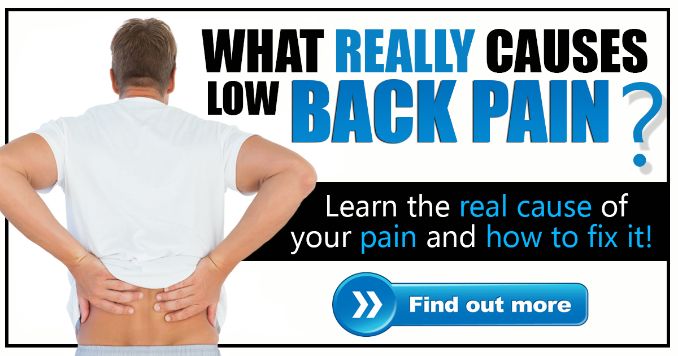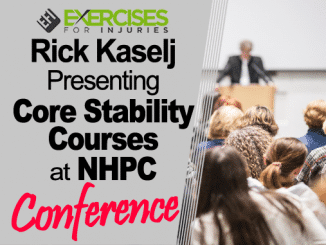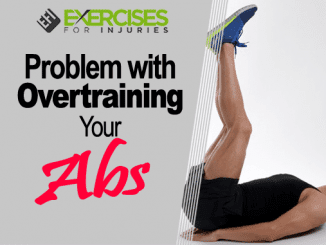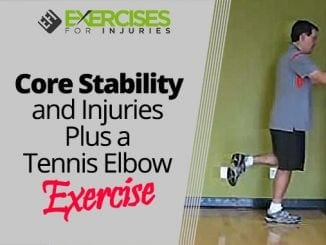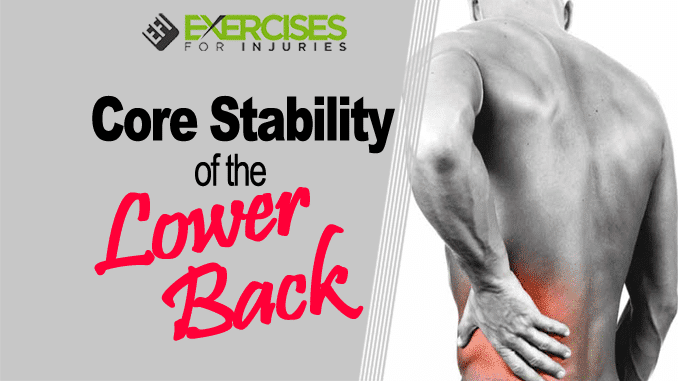
The lower back is one of the most commonly used muscle groups in almost every activity. Whether you’re sitting, standing, or lying down, your lower back muscles are always working to stabilize and support your spine. Lower back pain is one of the most common pains that people experience. It has been reported that approximately 80% of adults will experience some type of back pain during their lifetime. That being said, it’s important to strengthen the muscles in your core and lower body in order to prevent future injuries and strains. Core stabilization is essential if you want to avoid getting hurt while performing physical tasks or sports activities.
A strong core helps keep your body stable when you’re standing, walking, lifting, or doing any other activity. Core muscles work to keep you stable. Stronger core muscles can help reduce your risk of re-injury after training or an injury by helping you recover faster. Working your core is an excellent way to improve both strength and stability. A strong and stable core will help you remain injury-free in both sports and everyday life.
Exercises to Improve Core Stability
- Wall Slides: While standing with your back against a wall, slowly slide down until your knees are bent at a 90-degree angle. Hold the position for 5 seconds and then slowly slide back up to the starting position.
- Cat-Cows: Start on all fours, but with your hips elevated. Slowly move your hips forward and tuck your chin to your chest to simulate a cat movement. Slowly move your hips back and swivel your head up to simulate a cow movement. Repeat 5 times.
- Lateral Wall Slides: Stand near a wall with your feet shoulder-width apart. Place one hand on the wall for support. Slowly slide your hand down the wall until your hand is about knee level. Hold for 5 seconds and slowly slide your hand back up to the starting position. Repeat with your other hand.
- Prone Cobra: Lie face down on the floor with your legs straight and arms extended above your head. Lift your chest, arms, and legs off the floor. Hold the position for 10 seconds and slowly return to the starting position. Repeat 3 times.
- Prone Hover: Lie face down on the floor with your legs straight and arms extended above your head. Lift your chest, arms, and legs off the floor. Hold the position for 5 seconds and slowly return to the starting position. Repeat 10 times.
Tips to Improve Core Stability
- Practice good posture while standing, sitting, and lying down.
- Lift heavier weights during your workouts.
- Eat healthy and nutritious foods to fuel your body.
- Get enough sleep and rest to rejuvenate your body.
- Invest in a lower back support pillow.
- Strengthen your core and lower back muscles.
- Stay hydrated to avoid dehydration and fatigue.
- Don’t rush your recovery time.
Course Description:
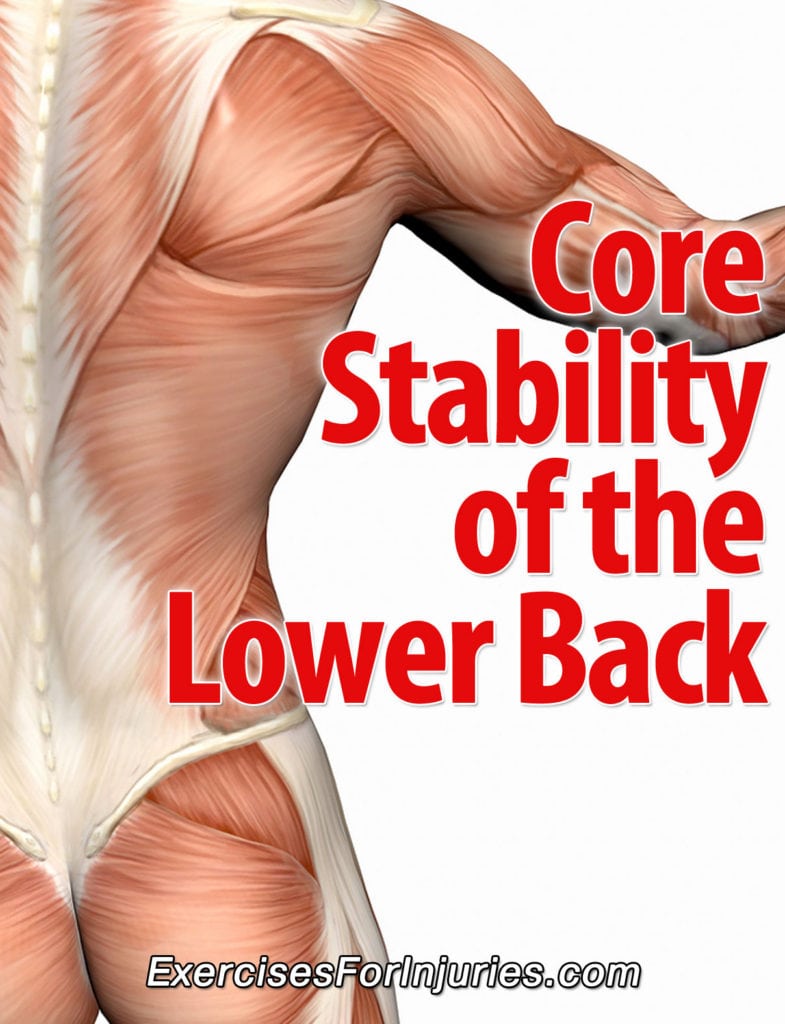
Course Objectives:
- Functional anatomy of the lower back
- Cardiovascular exercises and their effect on the back
- Quick, simple stretching programs that decrease stress on the back
- Equipment-free exercises that challenge the musculature of the lower back while decreasing stress on the spine
- Gym exercises that help build a strong back
CONTINUING EDUCATION CREDITS: 4.0 BCRPA / 4.0 BCAK / 4.0 CMTBC / CSEP 4.0 PDC
Course Fee
- $97 plus HST – pre-registration, prior to October 14
- $127 plus HST – late registration, The course is on October 15
- Course fee includes a comprehensive and detailed course manual.
About the Presenter:
COURSE SCHEDULE:
- 8:45 am – 10:00 am
- 10:00 am-11:00 am
- 11:00 am – 11:15 am
- 11:15 am – 12:30 pm
- 12:30 pm – 1:15 pm
For more details on other upcoming fitness education courses, CLICK HERE.
Rick Kaselj, MS


